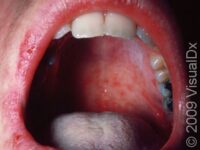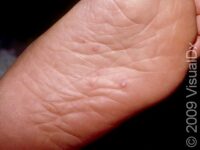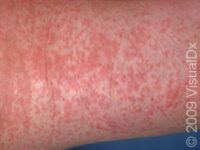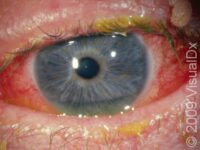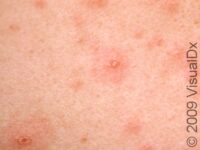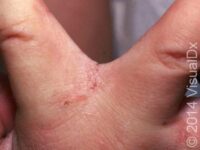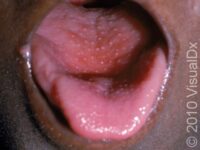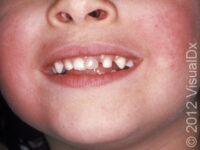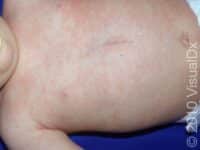Children have maturing immune systems and are often in close proximity to one another, such as in day-care centers, classrooms, and on school busses. This makes the transmission of contagious diseases particularly easy and explains, in part, why these diseases are so common in children. Contagious diseases are often caused by the spread of bacteria (such as in scarlet fever) or viruses (such as in chickenpox, measles, hand-foot-and-mouth disease, and quite a few others) in droplets of saliva and mucus, especially when coughing or sneezing. Contagious diseases may also occur by coming in close personal contact with another infected person or even by sharing personal items of an infected person, as in the case with infestation caused by insects (such as with lice and scabies) or a fungal infection (such as in tinea infections, commonly called “ringworm”).
Fortunately, many childhood diseases, once contracted, result in lifelong immunity in the infected child. However, this is not always the case. Vaccinations also provide immunity to some of the below diseases. Chickenpox, for example, is much less prevalent now than it was 15 years ago and is generally mild when contracted by a child who has had a chickenpox vaccination.
Unfortunately, many of these diseases are most contagious before the infected child has any symptoms of the disease, making transmission even more likely among peers. Skin changes are commonly seen during some stage of each of the below diseases, which can help differentiate between the different childhood contagious diseases and can help you decide when and if to call your child’s doctor.
Click any of the images below to gain medical information about what skin changes are common in contagious diseases of childhood.
